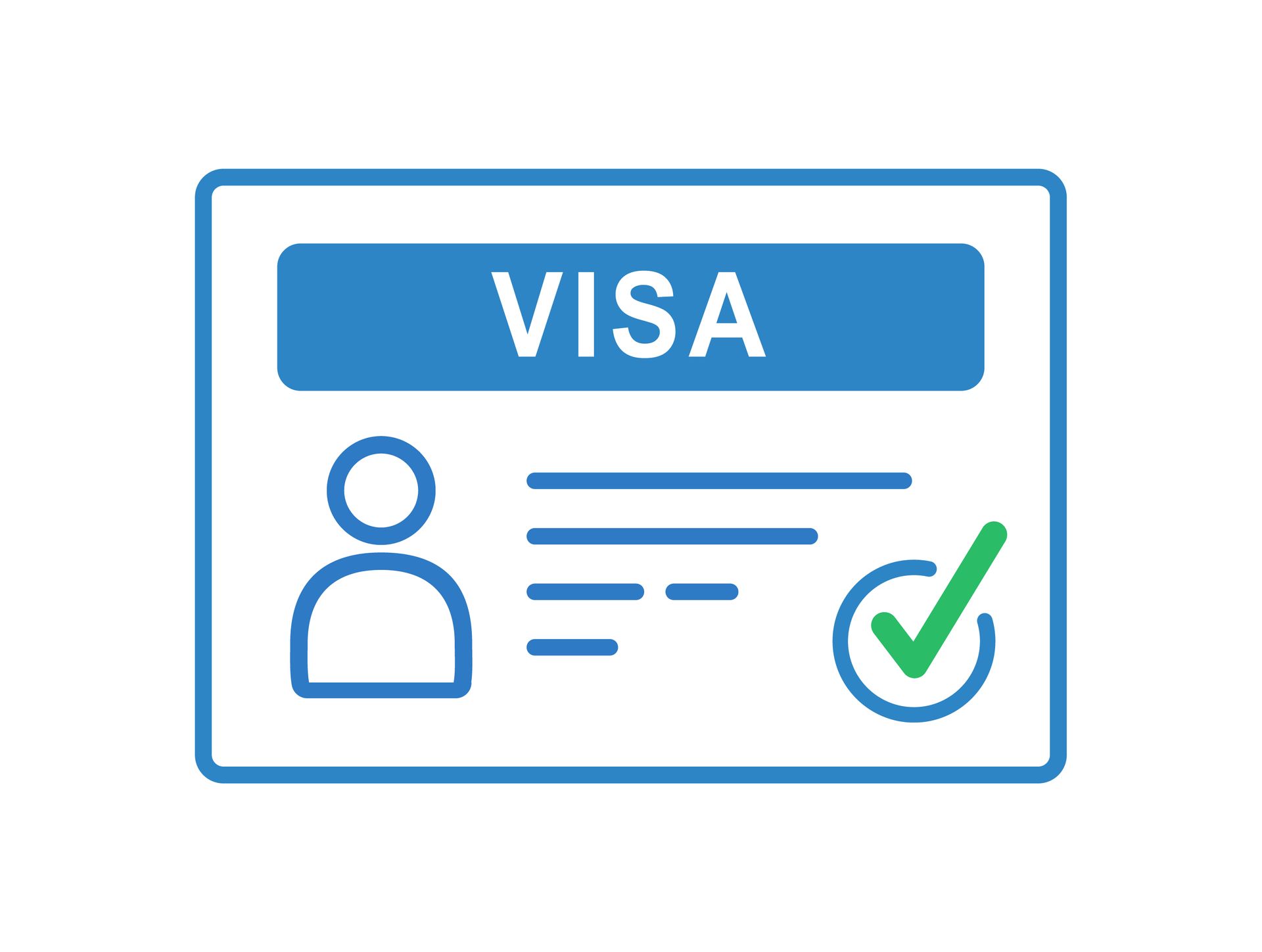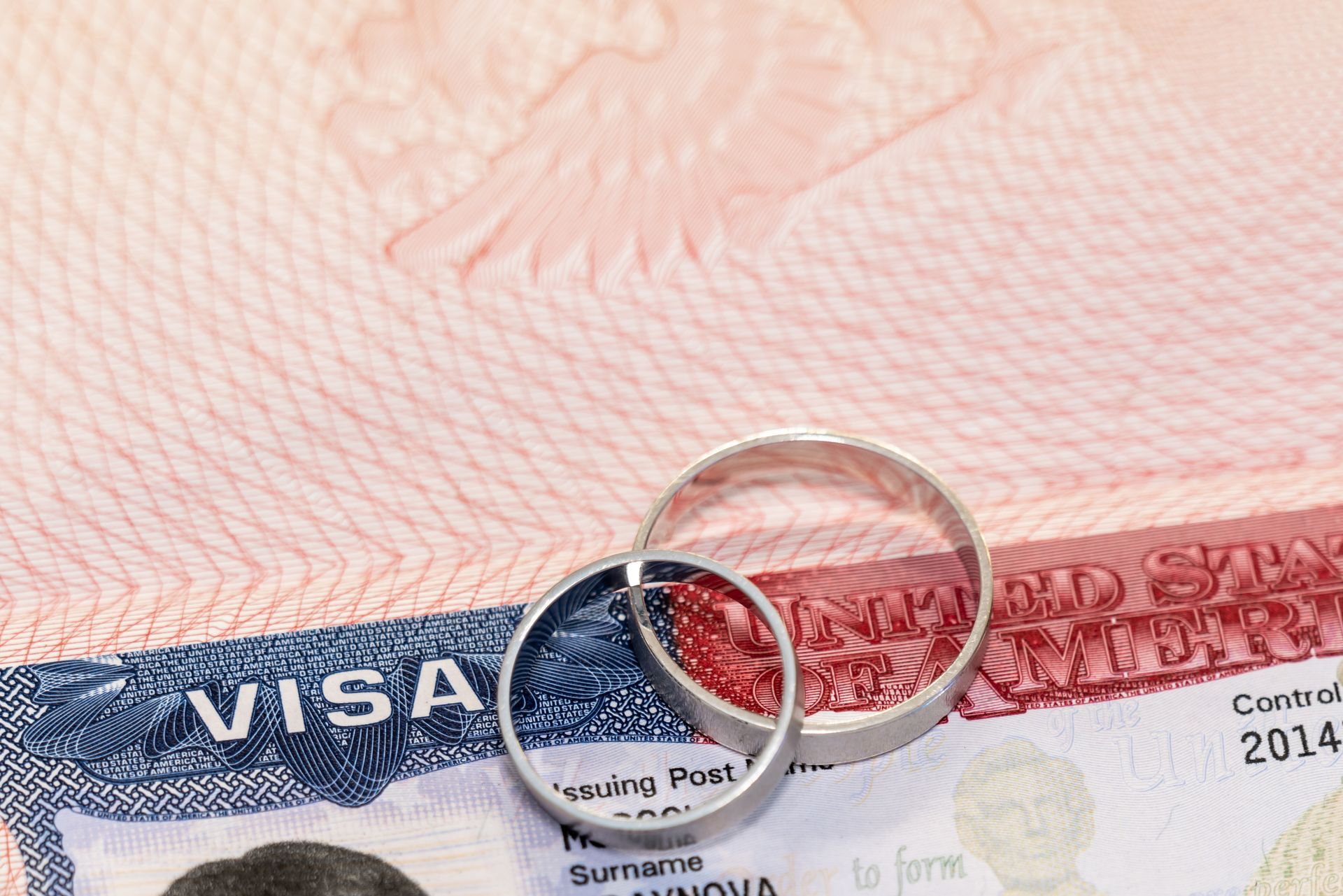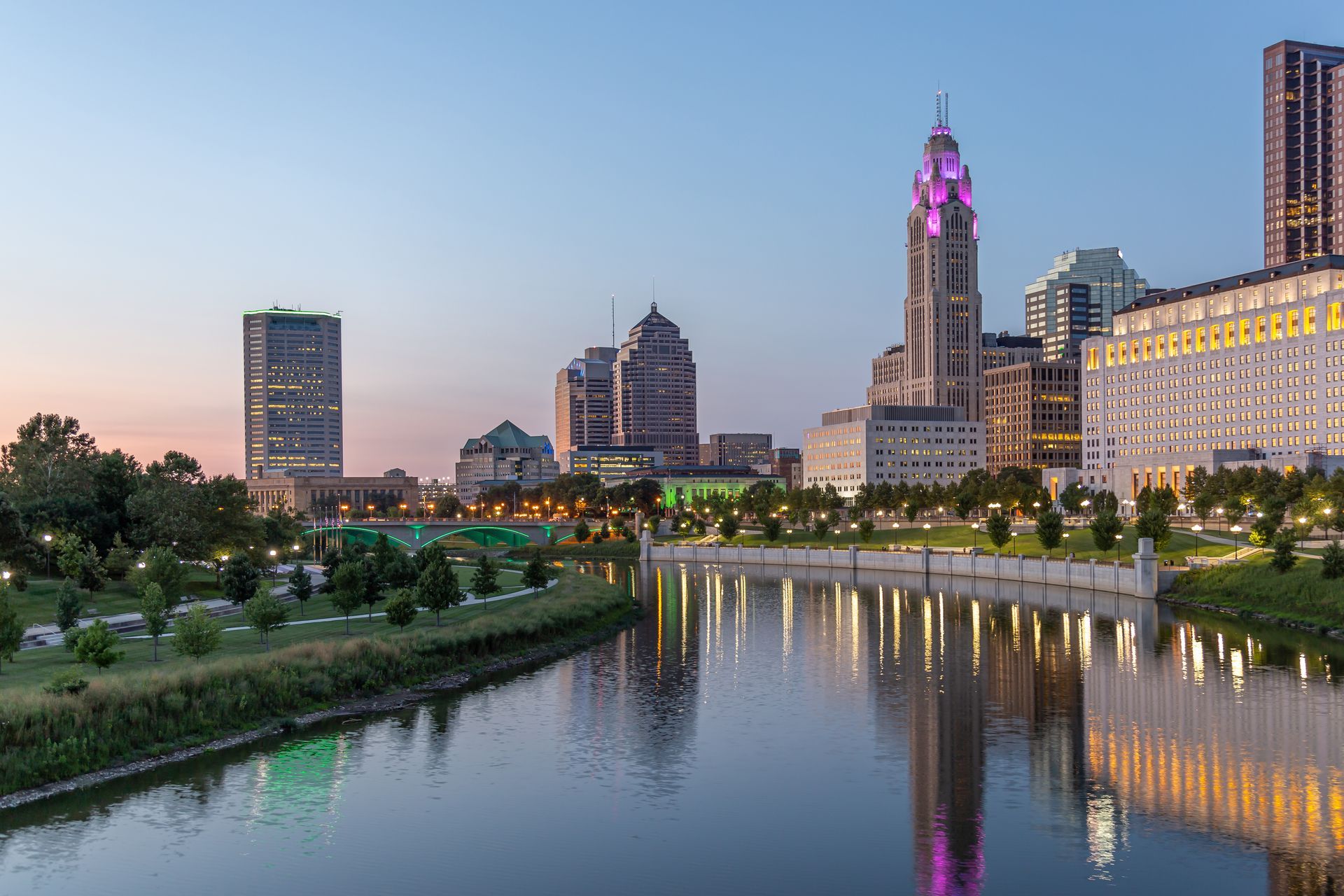Family-Based Green Cards for Children: What Every Parent Needs to Know
Family-Based Green Cards for Children: What Every Parent Needs to Know
Bringing your child to live with you in the United States is one of the most meaningful goals a parent can have. Whether you're a U.S. citizen or a lawful permanent resident (green card holder), you may be eligible to sponsor your child for permanent residency through a family-based green card.
At Sintsirmas Immigration Law Co. LPA we understand how important it is to reunite families and build a future together. With more than 78 years of combined legal experience, our Cleveland immigration attorneys provide dedicated support to parents pursuing green cards for their children—no matter how complex the journey may be.
Here’s what you need to know about eligibility, the process, and how to avoid costly delays.
Who Can Apply for a Green Card for Their Child?
U.S. Citizens May Petition For:
- Unmarried children under 21 years old
- Unmarried sons and daughters over 21
- Married sons and daughters of any age
Lawful Permanent Residents May Petition For:
- Unmarried children under 21 years old
- Unmarried sons and daughters over 21
Lawful permanent residents cannot petition for married children. Only U.S. citizens have that option.
Who Qualifies as a “Child” Under Immigration Law?
Not all children are treated the same under immigration guidelines. The U.S. Citizenship and Immigration Services (USCIS) recognizes several categories of children:
- Biological children
- Stepchildren (if the marriage occurred before the child turned 18)
- Adopted children (under specific legal and age-related conditions)
- Orphans being adopted abroad or in the U.S.
Understanding which category your child falls into is essential to filing the correct petition and documentation.
What Forms Are Required?
The first step in the process is filing Form I-130, Petition for Alien Relative. This form establishes the relationship between the parent (petitioner) and the child (beneficiary). Once USCIS approves the I-130, the next steps depend on the child’s location:
- Inside the U.S. You may file Form I-485 to adjust status.
- Outside the U.S. The case will move to consular processing through the National Visa Center.
Each step involves detailed forms, identity documents, and proof of relationship. Missing information or filing errors can delay or derail your case.
How Long Does It Take?
Processing times vary based on:
- The petitioner’s status (citizen vs. green card holder)
- The child’s age and marital status
- Country of origin, due to annual visa limits and backlogs
Immediate relatives of U.S. citizens (unmarried children under 21) typically experience faster processing, while other family-based categories may wait several years due to visa limits.
What If My Child “Ages Out”?
The Child Status Protection Act (CSPA) may allow children who turn 21 during the application process to remain eligible under their original age category. This law can protect your child from losing priority due to long wait times, but only in certain situations.
Common Reasons for Delays or Denials
Even if you're eligible, the process can be delayed or denied due to:
- Incomplete documentation
- Inconsistent proof of parent-child relationship
- Mistakes on forms
- Previous immigration violations
Having proper legal guidance can help avoid these issues and keep your family on track toward reunification.
Why Choose Sintsirmas Immigration Law Co. LPA?
We’ve helped families across Cleveland and the U.S. file successful family-based green card petitions. From gathering the right paperwork to preparing for consular interviews, we’re here to walk with you through every stage of the process.
Call
866-668-8727 or
Visit us online at
www.sintlaw.com to schedule a consultation.










